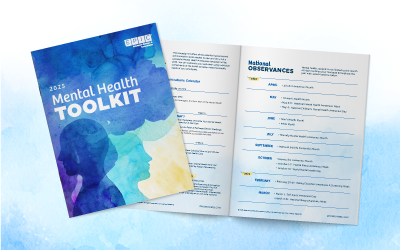The No Surprises Act was signed into law in the final days of the Trump administration and went into effect on January 1, 2022. Millions of consumers faced exorbitant healthcare billings, of which they had no knowledge or control, and insurance carriers had little power to regulate abusive billing practices. Hitting close to home, I just discovered one of my clients got a $500,000 air ambulance bill. And the Kaiser Family Foundation reported that several studies found one in five emergency room visits and 9% to 16% of in-network hospitalizations included surprise bills. In these instances, the law allows providers to bill patients no more than the in-network cost-sharing. Consumers need to be aware of this law and their rights – the real negotiation is between the health plan and the provider.
Viewpoints from Craig Hasday
It’s no surprise to me that providers are reacting badly.
They say the No Surprises Act and the new federal independent dispute resolution (IDR) process give far too much power to insurance companies to establish reimbursement rates. In October 2021, the Texas Medical Association filed suit, followed closely by a lawsuit from the Association of Air Medical Services in D.C. court. And both the American Medical Association and American Hospital Association have filed legal motions protesting dispute mechanics. Under the No Surprises Act rules, the default payment rate to in-network providers is typically the median in-network rate paid for a particular service. Adding to the confusion, the federal law is back up – generally, the Department of Health and Human Services (HHS) assesses whether a state’s laws and processes meet the federal law minimums. If state law meets federal standards, disputes in that state are exempt from the federal resolution process.
The Department of Labor (DOL) added a dispute resolution form (Notice of IDR) that providers must submit through the federal IDR portal to initiate the dispute process.
Providers can upload information to the portal, including the initiating party’s selected independent dispute resolution entity (IDRE) and conflict-of-interest attestation, information about the furnished medical items and services (including dates, location and additional details), along with the qualifying payment amount (QPA) for the furnished items and services. A list of certified dispute resolvers is available and costs range from $299 to $670 for each submission, although it is still unclear how these fees will be paid or by whom.
The No Surprises Act is on a pendulum.
I believe that this law is a step in the right direction. Clearly, there will be changes before the issue is settled.
EPIC offers these opinions for general information only. EPIC does not intend this material to be, nor may any person receiving this information construe or rely on this material as, tax or legal advice. The matters addressed in this article and any related discussions or correspondence should be reviewed and discussed with legal counsel prior to acting or relying on these materials.
THE 2022 COMPLIANCE WEBINAR SERIES IS HERE!
Register for Our 2022 Employee Benefits Compliance Webinars
Related Content
Products
Employee Benefits Consulting
Our dedicated benefits team is focused on delivering better outcomes – to both your benefits program and ...
Products
Communications & Engagement
Our Communications & Engagement team develops effective campaigns that enhance workforce awareness and ...
Products
Compliance
We provide comprehensive consulting services and in-depth education regarding the ever-changing employee ...



